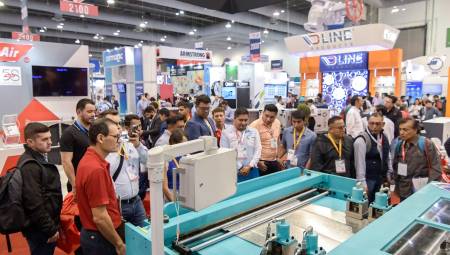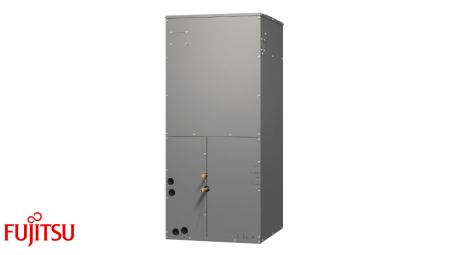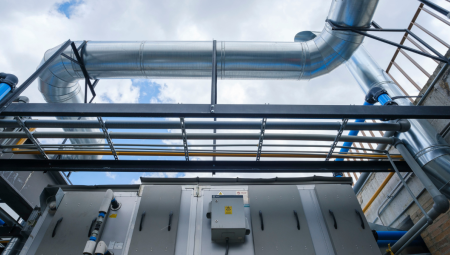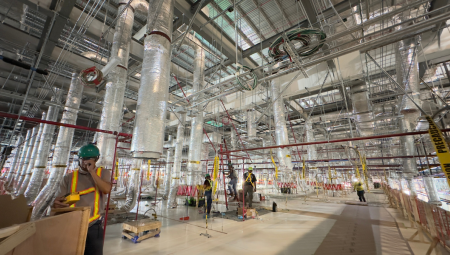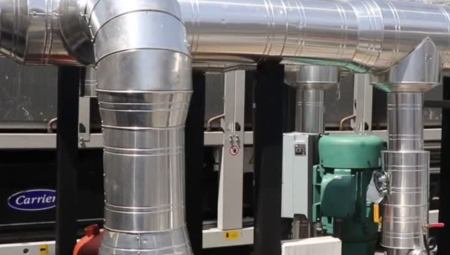 Recommendations for Vacuum Process
Recommendations for Vacuum ProcessA large number of technicians in the field do not know how harmful it can be for the system and for the quality of service they provide by not vacuuming the system correctly.
At the time of performing the vacuum process in refrigeration systems, the use of bad practices can result in subsequent failures and deficiencies.
A large number of technicians in the field do not know how harmful it can be for the system and for the quality of service they provide by not vacuuming the system correctly.
In addition to this, there is no awareness of the potential failures that could occur after starting the equipment, causing the technician to return for one or more warranty calls from the client, and in more serious cases requiring to change the compressor.
Many technicians run the vacuum process with another refrigeration compressor made to pump refrigerant gas or with the same cooling compressor in the system, and it should be added that there is usually no correct measuring equipment to know the system is going to the correct vacuum, depending on the lubricant being worked on without any reference.
LET'S ANALYZE WHAT HAPPENS FROM NOT MAKING THE RIGHT VACUUM TO THE SYSTEM.
The first thing that could happen would be the presence of non-condensable gases in the system, which would cause: 1. The temperature rises on the high pressure side of the system. 2. The discharge valve becomes hotter than it should. 3. Organic solids are formed that cause compressor failures.-
The second thing that can happen is that moisture is present in the system, and consequently: 1. We could have the presence of ice in the system. 2. The control element of the system can be covered. a) Capillary tube.b) Expansion valve. 3. Damage to parts of the compressor.-
Let's see if this moisture freezes inside the expansion valve and locks the internal mechanism we would have two possible symptoms: 1. The expansion valve will not supply enough refrigerant gas. This condition will occur if our valve is treated when it is closed and the indicators in the system will be: a. High temperature of the load we are cooling (air or water coming out of the evaporator) .b. High overheating in the system.c. Suction pressure will be lower than normal. 2. The expansion valve supplies too much refrigerant gas.-
This condition will occur if our valve is treated while open, presenting the following symptoms: a. Return of liquid refrigerant to the compressor.b. Overheating too low.c. Normal or higher than expected suction pressure.-
However, if there is air and humidity trapped in the system, different conditions will be generated that together will serve to make our system mostly inconvenient situations occur when joining these two elements and combining them with each other in turn with a chlorinated refrigerant gas, for example R-22, through a chemical process known as hydrolysis (decomposition of chemical compounds by the action of water reacting in a degrading way). With this situation we will obtain hydrochloric or hydrofluoric acids depending on the type of gas, in addition to sludge inside the system, a lethal combination for semi-hermetic and hermetic compressors, which have the ability to cause different premature failures in electric motors contained in the inner part, attacking the insulating varnish, to the extent of making it fail until the latter goes to earth.
At the beginning we mentioned that many times the vacuum is made with the compressor itself, here the consequences of doing it that way: 1. First of all the insulation of the compressor would be damaged in an important way, since one of the characteristics that hermetic compressors have and those of more than 5 HP, is that the electric motors are cooled by refrigerant gas. In this way, if we make it work without its cooling medium, the windings of the motor heat up, and there begins the damage to the compressor just starting the system. 2. Secondly, by physical law the electric coils produce electric arcs only by the fact that an electric current circulates through them being in a vacuum condition.-
Authors:







